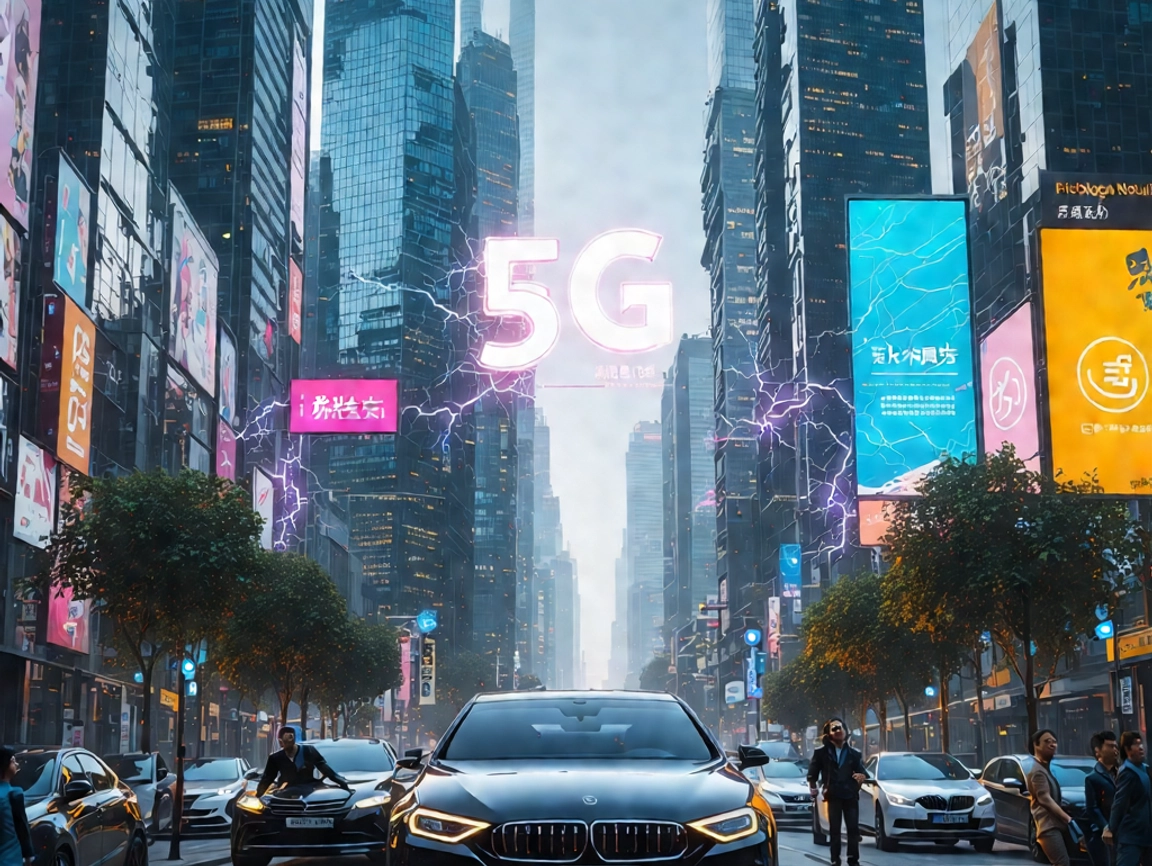Physical Address
304 North Cardinal St.
Dorchester Center, MA 02124
Physical Address
304 North Cardinal St.
Dorchester Center, MA 02124

The introduction of 5G technology is transforming the way we communicate, offering unprecedented speed, reliability, and connectivity. As the fifth generation of mobile networks, 5G is not just an incremental upgrade over 4G—it’s a revolutionary leap that promises to reshape industries, enhance user experiences, and enable new technologies. In this article, we’ll explore what 5G technology is, its key benefits, and how it’s impacting communication across various sectors.
5G, or the fifth generation of mobile networks, is designed to deliver faster data speeds, lower latency, and greater capacity compared to its predecessors. While 4G networks revolutionized mobile internet, 5G takes it a step further by enabling speeds up to 100 times faster, with latency as low as 1 millisecond. This means faster downloads, smoother streaming, and near-instantaneous communication.
5G operates on three main frequency bands:
One of the most significant advantages of 5G is its speed. With download speeds of up to 10 Gbps, users can download large files, stream 4K videos, and play online games without buffering. For businesses, this means faster data transfers and improved collaboration across teams, even in remote locations.
Latency refers to the time it takes for data to travel from one point to another. 5G reduces latency to as low as 1 millisecond, compared to 30-50 milliseconds in 4G. This is crucial for real-time applications like video conferencing, online gaming, and even remote surgeries, where delays can have significant consequences.
5G can support up to 1 million devices per square kilometer, making it ideal for crowded areas like stadiums, airports, and smart cities. This increased capacity ensures stable and reliable communication, even in high-traffic scenarios.
5G is a key enabler of technologies like the Internet of Things (IoT), Augmented Reality (AR), and Virtual Reality (VR). For example, IoT devices in smart homes can communicate seamlessly, while AR and VR applications can deliver immersive experiences without lag.
5G is revolutionizing business communication by enabling faster and more efficient collaboration. Here’s how:
For industries like healthcare, education, and manufacturing, 5G is enabling new ways to communicate and operate. For instance, doctors can perform remote surgeries using 5G-connected robots, while students can attend virtual classes with no lag.
The rollout of 5G is still in its early stages, but its potential is immense. In the coming years, we can expect:
5G technology is more than just a faster internet—it’s a transformative force that’s reshaping communication across the globe. With its unparalleled speed, low latency, and massive capacity, 5G is enabling new possibilities for individuals, businesses, and industries. As 5G networks continue to expand, the way we communicate will become faster, more reliable, and more immersive than ever before.
What are your thoughts on the impact of 5G on communication? Share your opinions in the comments below! Don’t forget to check out our article on The Internet of Things (IoT) in Smart Homes to learn more about how technology is transforming our lives.